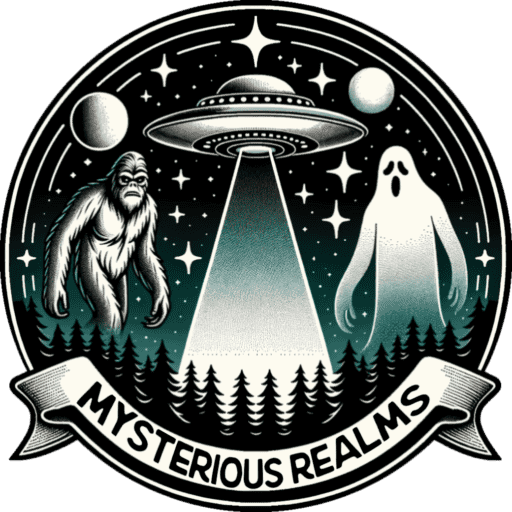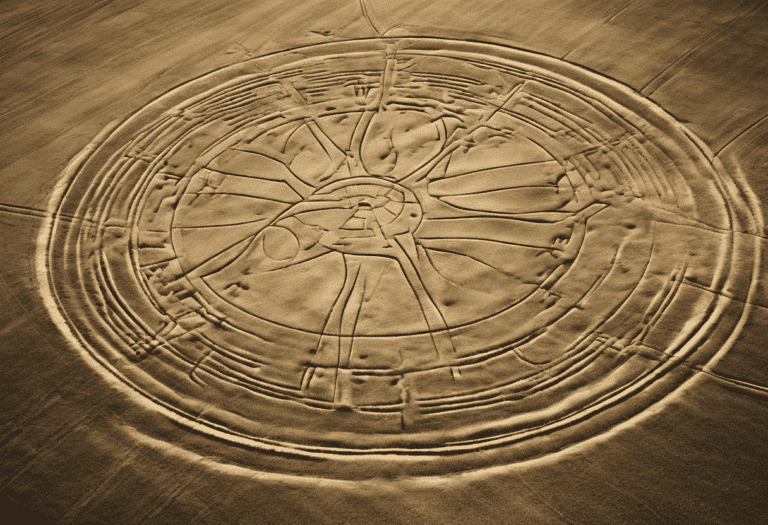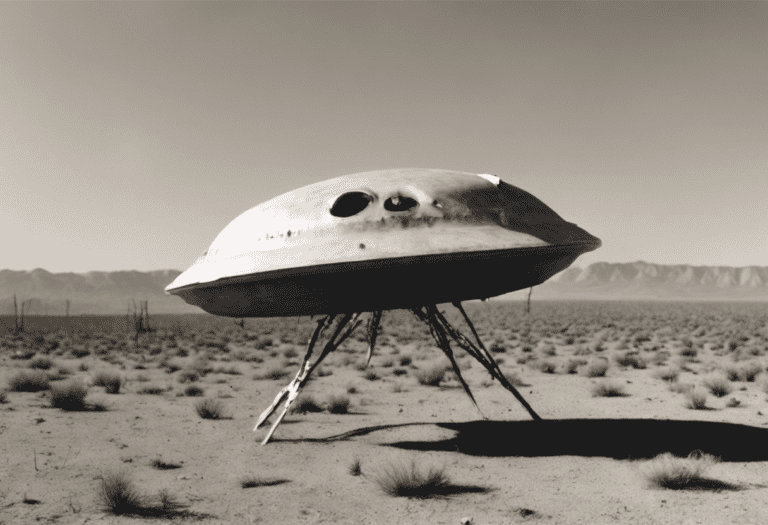3I/ATLAS: A Messenger from the Stars or Just an Icy Wanderer?
Our solar system occasionally receives visitors from the vast emptiness between stars. For decades, these interstellar objects were purely theoretical until the 2017 arrival of the enigmatic, cigar-shaped ‘Oumuamua ignited the scientific world. It was followed by 2I/Borisov, which behaved much more like a conventional comet, presenting two very different examples of what might be wandering the galaxy. These rare encounters offer priceless snapshots of planetary systems far beyond our own, each one a messenger from a distant cosmic shore.
The arrival of the third confirmed traveler, designated 3I/ATLAS, brought with it intense speculation. Unlike its predecessors, this object immediately sparked a vibrant debate centered on a tantalizing question: could it be an artificial craft of alien origin? This was not baseless fantasy. Initial observations showed 3I/ATLAS was unusually bright for its distance, leading some to calculate a colossal size far exceeding that of a typical interstellar object. Examining the evidence and theories reveals why this cosmic visitor, in particular, captured our collective imagination.
Key Takeaways
3I/ATLAS is the third confirmed interstellar object to visit our solar system, identified as a large and active comet from another star system.
The object initially sparked speculation that it was an alien craft because its extreme brightness suggested a colossal size or an artificial, reflective surface.
The ‘alien ship’ theory was disproven when the Hubble Space Telescope observed a classic cometary dust plume, proving the brightness was caused by natural outgassing as the object was warmed by the Sun.
Instead of an alien craft, 3I/ATLAS is a valuable ‘cosmic messenger’ carrying pristine chemical clues about the distant planetary system where it formed.
The story of 3I/ATLAS showcases the scientific method, where initial speculation is tested and refined by gathering more robust evidence.
Together with previous visitors ‘Oumuamua and 2I/Borisov, 3I/ATLAS helps scientists build a more complete picture of the diversity of objects traveling through interstellar space.
An Unexpected Guest Arrives
In late 2023, the Asteroid Terrestrial-impact Last Alert System (ATLAS) in South Africa spotted a faint traveler moving through our cosmic neighborhood. This object, soon designated 3I/ATLAS, was quickly confirmed as the third interstellar visitor ever detected, joining ‘Oumuamua and 2I/Borisov. Unlike its predecessors, 3I/ATLAS was immediately identified as an active comet. Observations from the Hubble Space Telescope captured a plume of dust being ejected as it was warmed by the Sun, a classic sign of a sublimating icy body (esa.int). This initial classification, however, was only the first chapter of a much stranger story.
What set 3I/ATLAS apart and sparked early debate was its remarkable brightness. For an object so far from the Sun, its intensity puzzled astronomers and led to startling initial calculations about its potential size. Based on its luminosity, some early estimates suggested the comet’s nucleus could be a staggering 20 kilometers across, making it a giant compared to a typical comet (esa.int). An interstellar object of this immense scale was unprecedented, immediately raising questions and setting the stage for more speculative theories. This unusual combination of a familiar object type, a comet, with seemingly extraordinary properties fueled the initial mystery.
Whispers of an Alien Engine
Initial observations of 3I/ATLAS revealed an object that was unusually bright for its vast distance from the Sun, immediately sparking questions about its nature. This surprising luminosity led some to speculate about a polished, artificial surface rather than a dusty, dark rock. The most captivating of these early theories proposed that 3I/ATLAS could be a derelict craft or even an active probe equipped with a solar sail, deliberately designed to reflect light. Such speculation arose as a natural attempt to explain an anomaly before more comprehensive data could be gathered.
This line of questioning echoes the intense debate that surrounded our first interstellar visitor, ‘Oumuamua. That object’s strange characteristics and unexpected acceleration away from the Sun also fueled widespread speculation that it was an alien artifact. In both cases, the “alien technology” hypothesis served as a placeholder explanation for behaviors that did not neatly fit our models of typical comets or asteroids. It represents a fascinating, if speculative, response to encountering the unknown, where the absence of complete data allows imagination to fill the gaps.
However, as more powerful instruments like the Hubble Space Telescope focused on 3I/ATLAS, the narrative shifted from science fiction to established science. These subsequent observations captured a distinct plume of dust being ejected from the object as it was warmed by the Sun, a classic sign of cometary activity (esa.int). This evidence provided a natural explanation for its brightness, suggesting the glow came from a cloud of gas and dust, not a metallic hull. While the alien ship theory was compelling, the data pointed toward a more familiar, yet still extraordinary, natural phenomenon.
A Comet’s Telltale Tail
The mystery surrounding 3I/ATLAS began to clear when astronomers pointed the Hubble Space Telescope toward the visitor. Follow-up observations captured a distinct coma and a long plume of dust trailing the object, the quintessential signature of a comet. This telltale tail differentiates it from a simple asteroid or a solid alien craft and provided concrete evidence that a natural process was at play. This activity also explained why the object appeared so unusually bright from such a great distance.
This cometary activity is driven by outgassing, which explains the object’s strange behavior. As 3I/ATLAS neared the Sun, solar radiation heated its icy surface, causing ice to turn directly into gas through sublimation. This vaporization ejected dust and gas, forming the observed plume on its sun-warmed side, a detail confirmed by the European Space Agency (esa.int). This classic cometary behavior provided a clear, natural explanation for its surprising luminosity, grounding the more fanciful theories. The alien ship hypothesis, while exciting, was refuted by this straightforward and well-understood astronomical phenomenon.
From Mystery to Messenger
While the initial brightness of 3I/ATLAS sparked theories of an alien vessel, scientists found a natural explanation. Observations from the Hubble Space Telescope captured a distinct plume of dust being ejected as the object warmed near our Sun, a telltale sign of cometary activity. This outgassing created the bright coma that first caught our attention and led to its discovery. The evidence classifies 3I/ATLAS not as a manufactured craft, but as a large and active interstellar comet, shifting its role from a mysterious object to a scientific treasure.
Instead of an alien ship, 3I/ATLAS is better understood as a cosmic messenger on a one-way trip through our solar system. This icy wanderer is a pristine sample from another star system, carrying chemical clues about its birthplace. By analyzing the light reflected from its dust and gas, astronomers can decipher its composition. This analysis provides a rare glimpse into the materials present around its home star, offering a snapshot of planetary building blocks in a distant part of the galaxy.
Our previous interstellar visitors each offered a unique perspective on the galaxy. The first, ‘Oumuamua, was a bizarre object that defied easy classification, while the second, 2I/Borisov, looked and behaved much like a typical comet. 3I/ATLAS now adds another data point as a massive, active comet, suggesting such large icy bodies might be common travelers between the stars. Together, these three envoys are building a more complete picture of the diversity of objects drifting through the interstellar medium.
Conclusion
The story of 3I/ATLAS began with a flash of intrigue: a distant, unusually bright object that captured our collective imagination. Initial observations fueled speculation about a massive, mysterious traveler from another star system that seemed too large and bright to be natural. As the question of an alien origin echoed through online forums and news articles, scientists directed powerful instruments like the Hubble Space Telescope toward the anomaly. The evidence they gathered shifted the narrative from science fiction to science fact, revealing a dusty plume characteristic of a Sun-warmed comet.
The journey from a potential alien vessel to a confirmed natural comet showcases the scientific method at its best. It is a process that thrives on asking bold questions and then rigorously seeking answers, no matter where they lead. The initial excitement and even the “alien ship” theories were not a failure; they were the starting pistol for a race toward understanding and a testament to our enduring curiosity. Each new interstellar visitor, from ‘Oumuamua to 2I/Borisov and now 3I/ATLAS, refines our tools and sharpens our expectations for what lies beyond our cosmic neighborhood.
This shift from speculation to science is a reminder that the universe is full of wonders, both natural and, perhaps one day, artificial. While 3I/ATLAS proved to be a natural wonder, the vastness of space promises countless more mysteries. Its discovery confirms that our solar system is a dynamic crossroads, regularly visited by travelers from other stars. While this particular mystery is solved, the search continues. What do you believe our next interstellar visitor will be, and what secrets might it hold?
Frequently Asked Questions
1. What exactly is 3I/ATLAS?
3I/ATLAS is the third confirmed interstellar object detected passing through our solar system. Discovered in late 2023, it is a visitor from another star system, following the previous interstellar objects ‘Oumuamua (1I) and 2I/Borisov (2I).
2. Why did people think 3I/ATLAS could be an alien ship?
Speculation arose because initial observations showed 3I/ATLAS was unusually bright for its distance. This brightness led some to calculate that it must be colossal, far larger than a typical comet or asteroid. This unexpected size sparked the debate about it being an artificial craft of extraterrestrial origin.
3. Is it an alien ship or a natural object?
The evidence indicates that 3I/ATLAS is a natural object. Despite initial speculation, it was identified as an active comet. Observations from the Hubble Space Telescope confirmed this by capturing the object ejecting dust, a classic sign of a natural, icy body being warmed by the Sun.
4. What evidence proves 3I/ATLAS is a comet?
The most compelling evidence comes from the Hubble Space Telescope, which captured clear images of a dust plume being ejected from the object. This activity is a hallmark of comets. As they approach the Sun, their ice sublimates (turns from solid to gas), releasing trapped dust and creating a visible coma or tail.
5. How was 3I/ATLAS discovered?
It was discovered in late 2023 by the Asteroid Terrestrial-impact Last Alert System (ATLAS), a robotic astronomical survey in South Africa. The system spotted the faint object moving through our solar system, and its trajectory was confirmed to be interstellar.
6. How does 3I/ATLAS compare to other interstellar visitors?
Our solar system has had three confirmed interstellar visitors. The first, ‘Oumuamua, was enigmatic and cigar-shaped. The second, 2I/Borisov, behaved much like a conventional comet. 3I/ATLAS is also an active comet, similar to Borisov, but it sparked a more intense public debate about being an alien craft due to its initial, surprising brightness.







